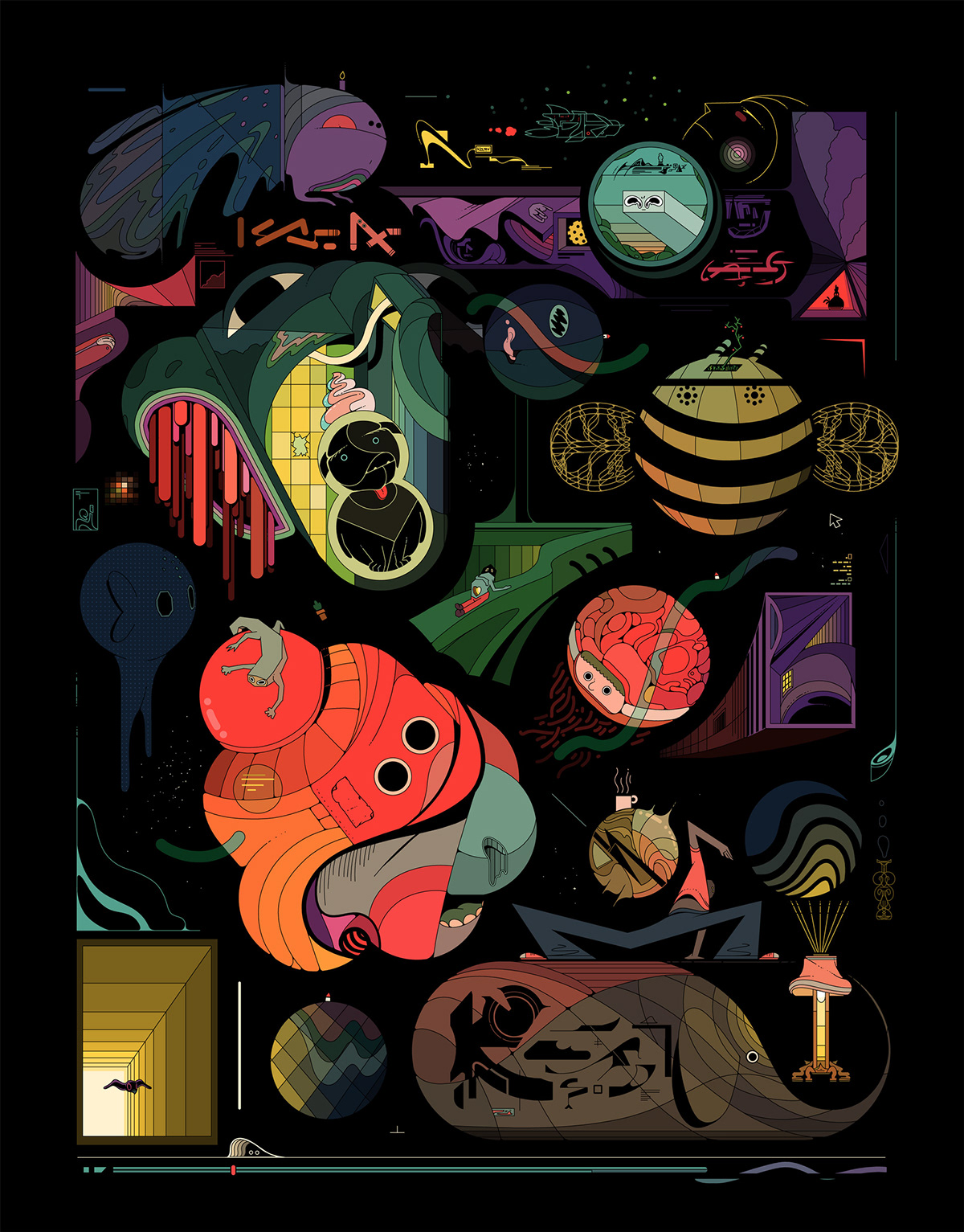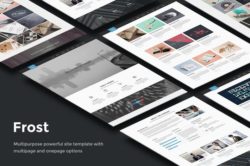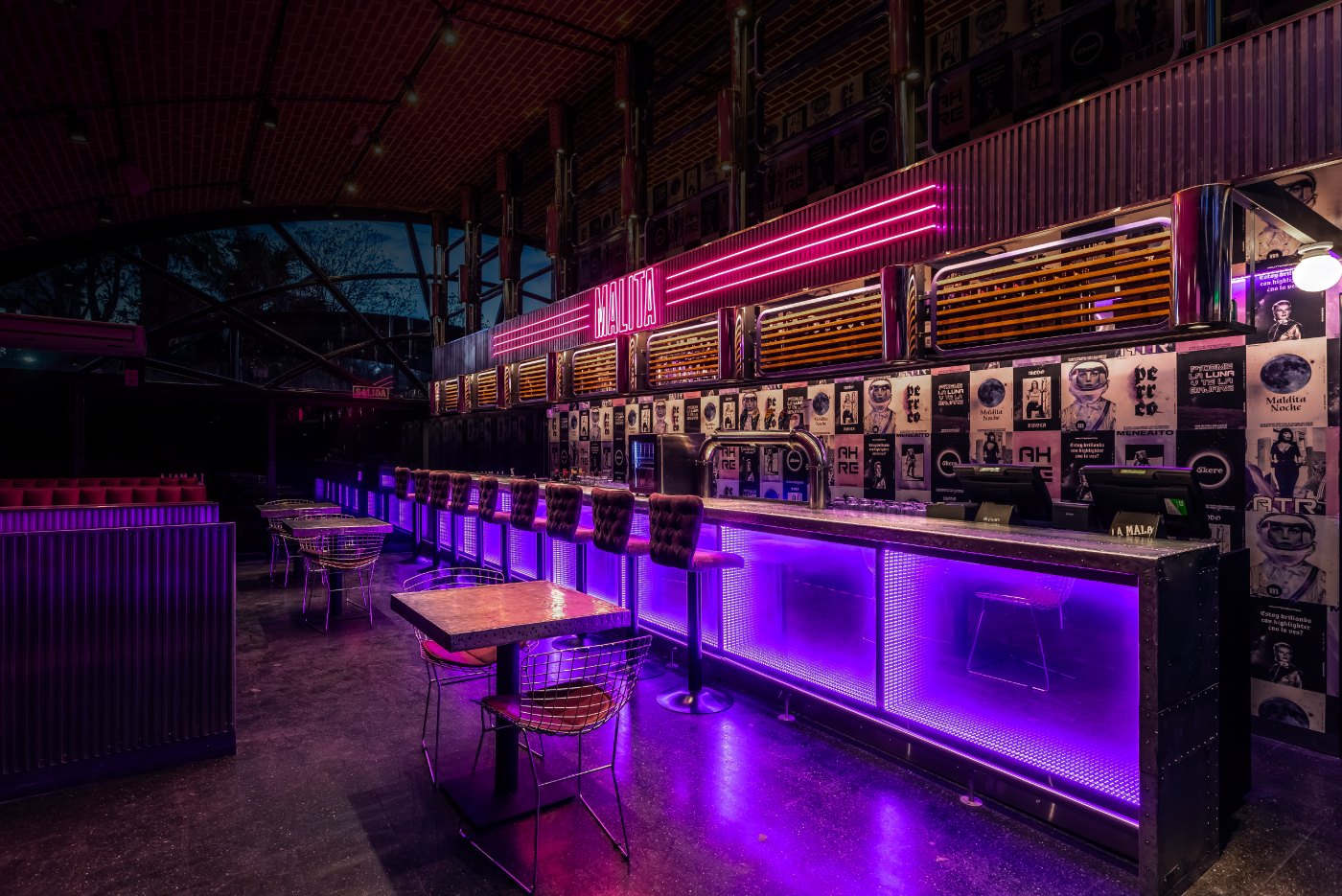Design.dev: A New Place to Find Free High-Quality Design Resources
Original Source: http://feedproxy.google.com/~r/tympanus/~3/01eg6tBjCxo/
This is a sponsored article written by our friends at Design.dev, a new website for design resources.
Whether you are a graphic designer, web designer or developer, working in the UI or UX field, or pretty much anything related to digital and print production, you likely have utilized premade digital assets in your projects. There are a variety of websites that offer these resources, but today we’d like to introduce you to the “new kid on the block”: Design.dev.
Design.dev was launched only a few months ago with the goal of providing high-quality free and premium digital resources for creative people, to help speed up your workflow and save you time and money in the process. Unlike other similar websites, the resources here are currently exclusive to Design.dev, so you won’t find them anywhere else. While this could change in the future as the site grows, for now this makes the website a great place to find unique creations to use in your projects.
Let’s take a closer look at what Design.dev has to offer, how it works, and why we think this resource is worth visiting.
First Impression: Easy To Search, Filter, and Find
Upon first arriving on the home page, you will see a grid of 12 product offerings below a category filter. Click on any of the categories (or multiple categories) to filter down to what you are searching for. Current categories include Icons, Illustrations, Premium, Print, Social, UI Kits, and Website Templates. There is a secondary filter that narrows your results down even more to the type of file included in the download. These filters include Illustrator, Affinity Designer, Photoshop, Sketch, and Figma. So whatever design software you are most comfortable with, you can filter to make sure you’re getting the editable file type you are looking for.
You can also search for specific keywords using the search feature near the top of the page.
Products are clearly labeled with a green “Free” banner or a blue “Premium” banner, so you know right away what the availability of each product is based on your membership in one of the two tiers. Each product listing also includes icons denoting the design software file type(s) it is available in, along with the category to which it belongs.
All of this will save you time when you are looking for something specific.
Helpful Asset Details
Click on a product to learn more about it and you will find a brief description, followed by a carousel of sample images. Click on any of the images in the carousel to view it full size, which is helpful to see the detail within each offering.
There is also a sidebar on each single product page that tells you the category, file format(s), number of elements in the file and the file download size. Good to know what you’re getting into before you download the file.
Single, Simple License: Use In Personal and Commercial Projects Without Attribution
You don’t have to worry about any complex legal jargon or uncertainty of what you can or can’t do with the items you download. Every product on Design.dev falls under the same license and can be used in both personal and commercial projects without attribution. You can modify them however you want as well. The only limitation is you that cannot resell them.
Some Example Digital Resources We Liked
10 Abstract Background Illustrations (Free)

Who doesn’t use backgrounds in their projects? These ten unique background illustrations can be used in a variety of projects and they are truly one of a kind.
Restaurant Website Template (Premium)

This well-designed and complete website template kit includes 5 pages in both desktop and mobile versions, so you can use it for your next restaurant website and simply update the branding, colors and content to match you or your client’s needs.
36 Symbols of Summer (Free)

These playful illustrations can be used as icons or however else you’d like to add fun and individuality to your summer-themed project.
Furr – Mobile Ecommerce UI Kit (Free)

This clean, well-designed and thought out mobile ecommerce kit includes 12 app screens that take the user from signup through shopping to purchase. You could use this kit in a multitude of contexts by simply changing out the products and editing the branding for a quick mockup to present to your client.
Free Membership: Simple to Sign Up and Start Downloading Assets
Price is always a major consideration when choosing where to get your digital assets to use in your projects. That’s one of the primary reasons Design.dev stands out in its field. With a significant percentage of their offerings available for free, and new free products being added regularly, the website should become a regular part of your resource-searching routine. Best of all, the requirements for membership are simple: just your name, email address, username, and password is all that’s needed to start downloading every single free product on the website!
Premium Membership For Only $10 per Month
If you would like to up your game and increase the span of products you can download, you can sign up for a Premium membership for only $10 per month. That’s a great price, and it is for a limited time for “early adopters”. This means that at some point in time that price is going to increase, but you can lock in the $10 monthly subscription now and even when the price goes up for new members, yours will not change. It’s a great way to lock in the low price now so that in the future you will still have access to all of the Premium products they will be adding without having to pay anything additional.
Final Thoughts
It is obvious that this new website has the potential to become a go-to resource for designers and developers alike. While the current product offering is relatively smaller than other, more established websites, Design.dev looks to be committed to continually growing, improving, and adding many more products on a regular basis. That, paired with the unique and exclusive design resources currently listed, make this website one to bookmark and watch. We encourage you to give it a visit and see what you can find that will help you save time and money in your future projects, as well as possibly spark some inspiration and imagination for your own designs.
The post Design.dev: A New Place to Find Free High-Quality Design Resources appeared first on Codrops.



























































